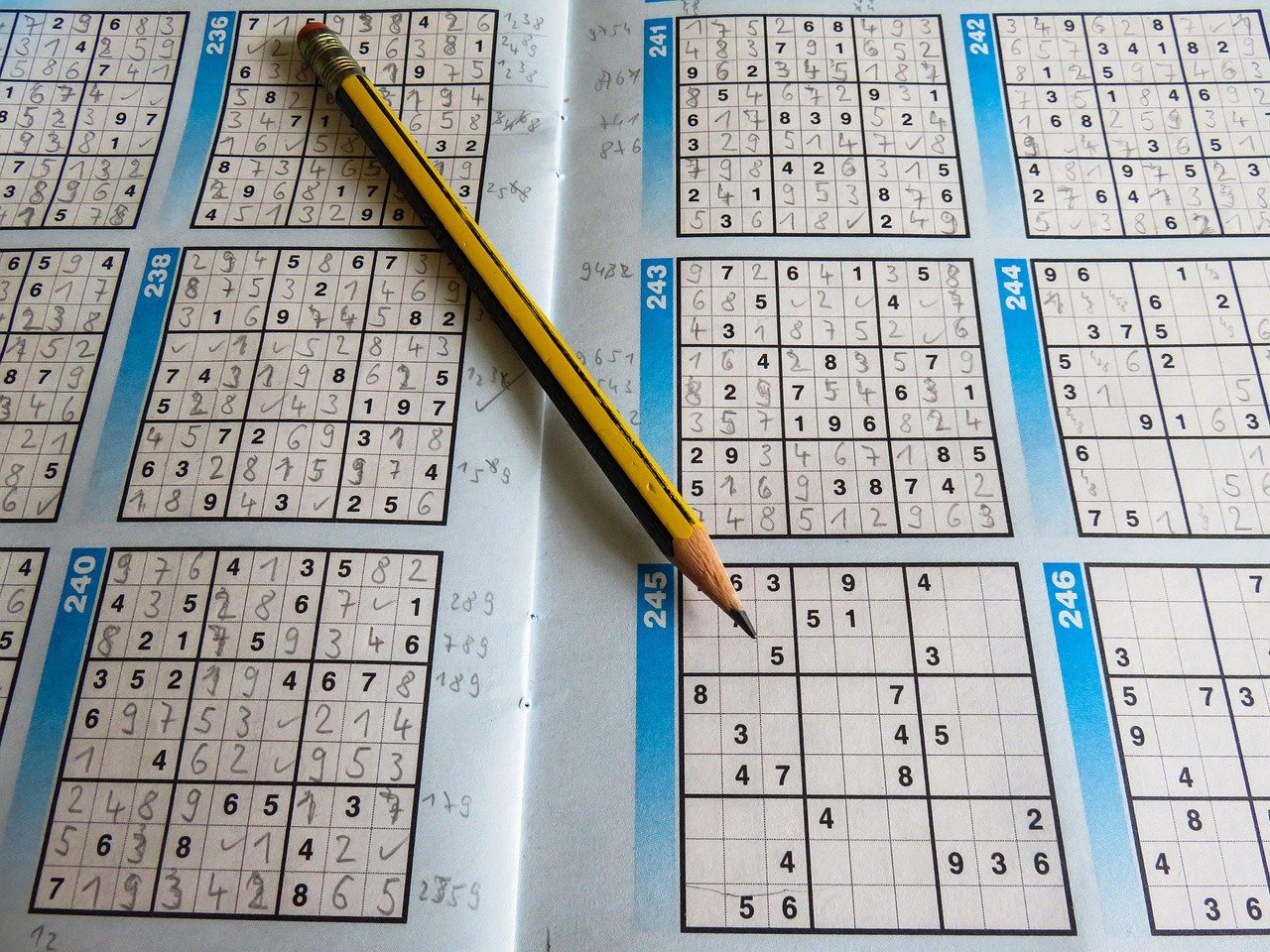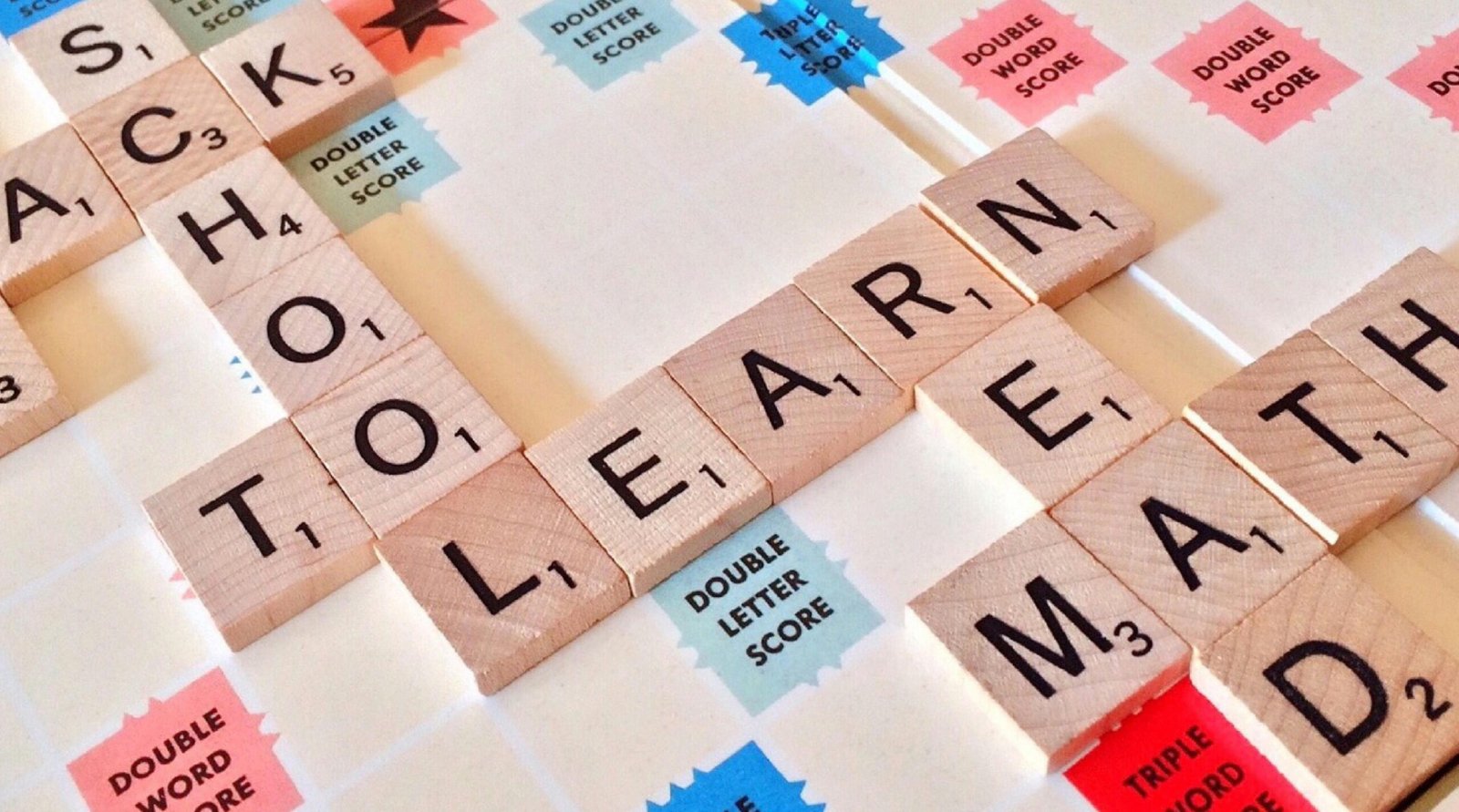The landscape of digital puzzles has been irrevocably shaped by The New York Times’ esteemed Games platform. Among its celebrated offerings—Wordle, Connections, Spelling Bee, and the classic crossword—a smaller, yet fiercely engaging contender has carved out a dedicated following: the Mini Crossword. This compact puzzle distills the essence of its larger sibling into a 5×5 grid of quick, satisfying clues. Consequently, the search for mini nyt answers has become a daily ritual for millions, representing not just a desire for solutions but a pursuit of understanding, skill improvement, and the satisfying closure of a completed puzzle.
This guide delves deep into the world of the Mini Crossword, exploring its mechanics, the culture surrounding it, strategic approaches for solving it, and the nuanced reasons why players so often seek out mini nyt answers. Whether you are a novice looking for guidance or a seasoned veteran aiming to refine your approach, this comprehensive analysis provides actionable insights to elevate your Mini solving experience.
Understanding the Mini Crossword Phenomenon
What is The New York Times Mini Crossword?
The Mini Crossword is a condensed version of the traditional New York Times crossword puzzle. Launched as part of the NYT Games subscription service, it features a 5×5 grid that is updated with a new puzzle every day. Despite its small size, it retains the core mechanics, clever cluing style, and witty wordplay that define the NYT crossword experience.
Designed for mobile-first play, the Mini offers a quick mental challenge, perfect for a coffee break, commute, or brief pause in a busy day. Its brevity and accessibility have made it immensely popular, explaining the daily surge in searches for mini nyt answers.
Clues in the Mini may be short but are often dense with meaning, requiring lateral thinking, recognition of abbreviations, puns, and pop culture references. Even the most experienced solvers find that the Mini delivers a satisfying challenge in just a few minutes of focused play.
The Cultural Impact of a Daily Puzzle
For millions worldwide, the Mini has evolved from a simple game into a daily ritual. Players track completion streaks, compete for the fastest times, and share results on social media. This sense of community and friendly competition heightens the significance of each puzzle.
The drive to preserve a long streak or achieve a personal best often prompts players to seek mini nyt answers when a single difficult clue threatens progress. The answer key becomes not just a tool but a form of support, enabling solvers to maintain momentum while learning the logic behind challenging clues.
Why Players Search for Mini NYT Answers
The motivation for looking up mini nyt answers is rarely a matter of laziness. Instead, it reflects practical problem-solving needs and learning strategies.
- Overcoming Stuck Points: Occasionally, one tricky square can halt progress entirely. Consulting an answer at this juncture restores momentum and allows the solver to understand the underlying logic, transforming frustration into insight.
- Skill Verification: Players often cross-reference completed puzzles with answer keys to ensure accuracy. This practice identifies gaps in knowledge and strengthens pattern recognition for future Mini Crosswords.
- Preserving Streaks: The NYT’s streak system motivates players to complete each daily puzzle. Missing a day can feel like a setback, so using mini nyt answers strategically prevents disruption to long-term streaks.
- Learning Tool for Beginners: New solvers encounter abbreviations, pop culture references, and tricky wordplay. Accessing answers can demystify conventions and accelerate learning, gradually reducing the need for external help.
Strategic Approaches to Solving the Mini Crossword
Developing robust solving strategies reduces reliance on mini nyt answers and improves speed and accuracy.
Foundational Techniques
- Start With Known Clues: Identify and fill answers you immediately recognize. These create crossing letters that unlock other squares.
- Leverage Crossword Conventions: Common abbreviations, short words, foreign terms, and frequently used puzzle words appear regularly in the Mini. Familiarity with these conventions streamlines solving.
- Think Laterally: Short clues often require wordplay interpretation. Consider puns, homophones, or less literal meanings to unlock difficult squares.
Advanced Tactics
- Pattern Recognition: Experienced solvers quickly identify common clue patterns, such as abbreviations signaled by “e.g.” or homophones indicated by “sounds like.”
- Theme Awareness: Occasionally, Minis feature micro-themes. Recognizing thematic links can provide context for multiple answers.
- Mindset Management: Avoid fixating on one square. Shift focus to another section of the grid to gain new insights.
Common Clues and Challenges
Understanding the types of clues that frequently drive searches for mini nyt answers is key to improving solving skills.
- Proper Nouns and Pop Culture: Names of celebrities, brands, or historical figures may be unfamiliar to certain demographics, prompting a lookup.
- Abbreviations and Acronyms: Space-saving clues like “Med. school org.” for AMA or “Co. number” for EIN are frequent Mini conventions.
- Tricky Wordplay: Clues like “It has a point” (ANT) or “Party time?” (TEA) require creative reasoning typical of the NYT style.
Each challenging clue is an opportunity to expand your mental database, reducing future reliance on mini nyt answers.
Real-Life Solver Examples
- One solver shared that a particularly tricky Mini clue, “Hawaiian greeting?” (ALOHA), had them staring for five minutes before consulting mini nyt answers. Reviewing the solution revealed a pun-based approach, which helped them solve similar clues faster in the future.
- Another player used answer keys to maintain a 365-day streak. Encountering an obscure proper noun, they referenced the solution, completing the puzzle without breaking the streak, and used the experience as a learning moment.
These stories highlight the balance between assistance and learning, demonstrating that seeking mini nyt answers can be both practical and educational.
Ethics and Best Practices of Using Answer Keys
Using mini nyt answers is a personal choice. For enjoyment and mental stimulation, consulting an answer is entirely acceptable. For skill improvement, the answer key should serve as a reflective tool: consult only after exhausting personal strategies, and always analyze why the solution works.
The NYT Games app supports this with a “Reveal” function for letters, words, or the entire puzzle, allowing players to use help strategically without compromising the integrity of the solving experience.
Beyond the Mini: Exploring the NYT Games Ecosystem
Mastery of the Mini Crossword often serves as a gateway to other NYT puzzles. Players may progress to the full daily crossword, Connections, Spelling Bee, or Wordle. Skills developed in the Mini, such as pattern recognition, clue interpretation, and lateral thinking, transfer seamlessly, enhancing overall puzzle-solving proficiency.
Engaging with the wider ecosystem reinforces learning, gradually reducing the need to consult mini nyt answers, while keeping the experience fresh and challenging.
Frequently Asked Questions (FAQs)
Q1: What time is the Mini Crossword released?
A: NYT Minis are released at 10:00 PM Eastern Time (ET) the night before the printed date.
Q2: Is a subscription required?
A: Non-subscribers can play a limited number of free puzzles. Full access requires a NYT Games subscription.
Q3: Are past puzzles accessible?
A: Yes, subscribers can access Mini archives for practice without breaking a streak.
Q4: What is a good completion time?
A: Times vary. Beginners may take several minutes, experienced solvers often complete in under 30 seconds.
Q5: Where can I find reliable mini nyt answers?
A: Reputable NYT puzzle communities and websites post daily solutions. Using the app’s “Reveal” function integrates the answer key experience directly.
Q6: Can beginners solve the Mini without answer keys?
A: Absolutely. Starting with simple puzzles, practicing pattern recognition, and gradually tackling more challenging clues fosters independence.
Q7: How can I balance speed with accuracy?
A: Focus on solving efficiently without rushing. Utilize known clues first, leverage crossing letters, and only consult answer keys when completely stuck.
Conclusion: Mastering the Mini Crossword
The New York Times Mini Crossword is a testament to elegant, compact game design. The search for mini nyt answers reflects the challenge, appeal, and shared experience of this daily puzzle. Used thoughtfully, answer keys enhance learning, preserve streaks, and foster enjoyment without diminishing the satisfaction of self-reliant solving.
Whether as a crutch, a learning tool, or a verification method, consulting mini nyt answers is part of the puzzle ecosystem. The ultimate victory lies in steadily improving your skills, sharpening cognitive reflexes, and celebrating each small success along the way. From novice to expert, every filled square represents a small triumph in the pursuit of intellectual engagement.











